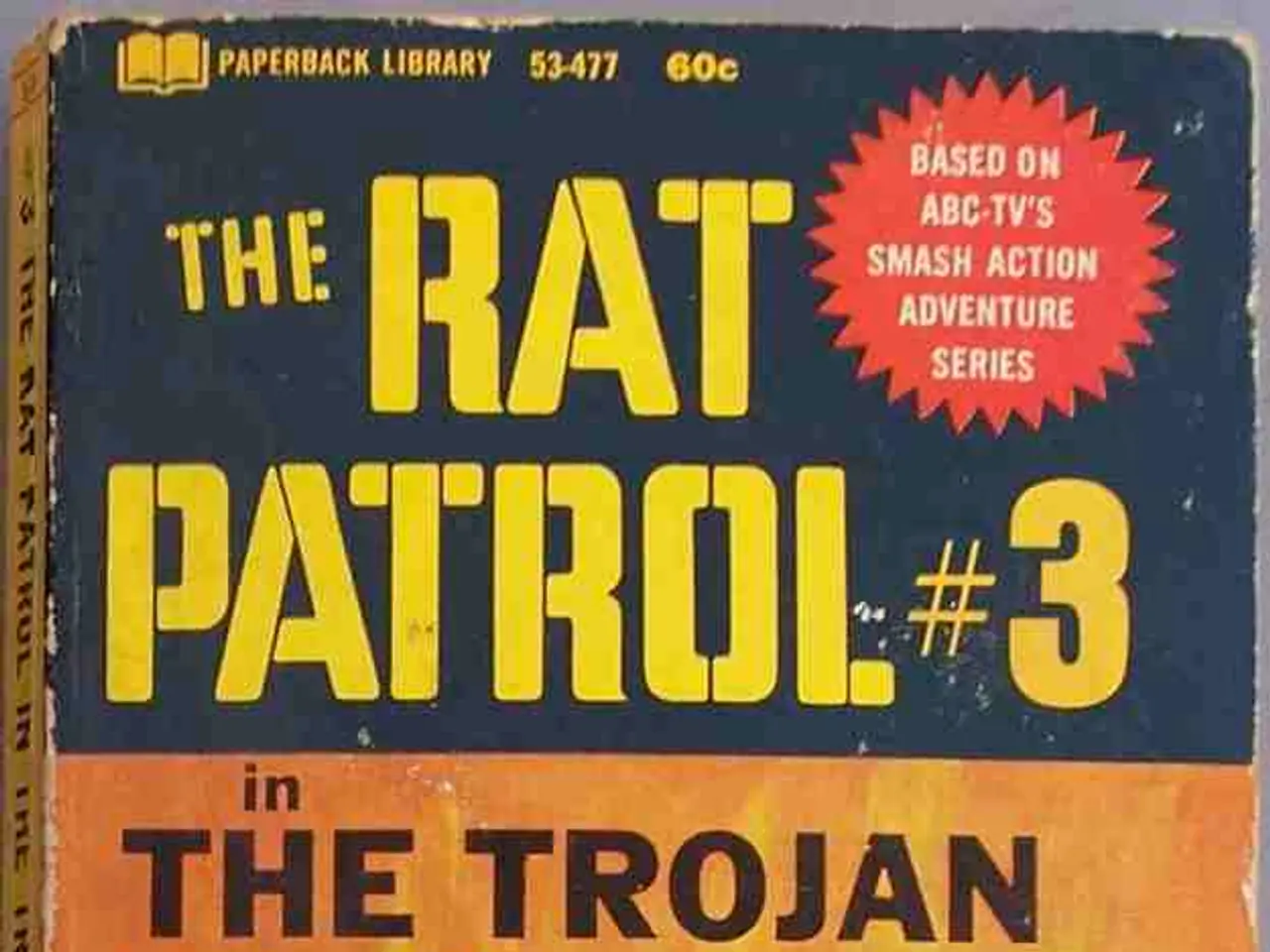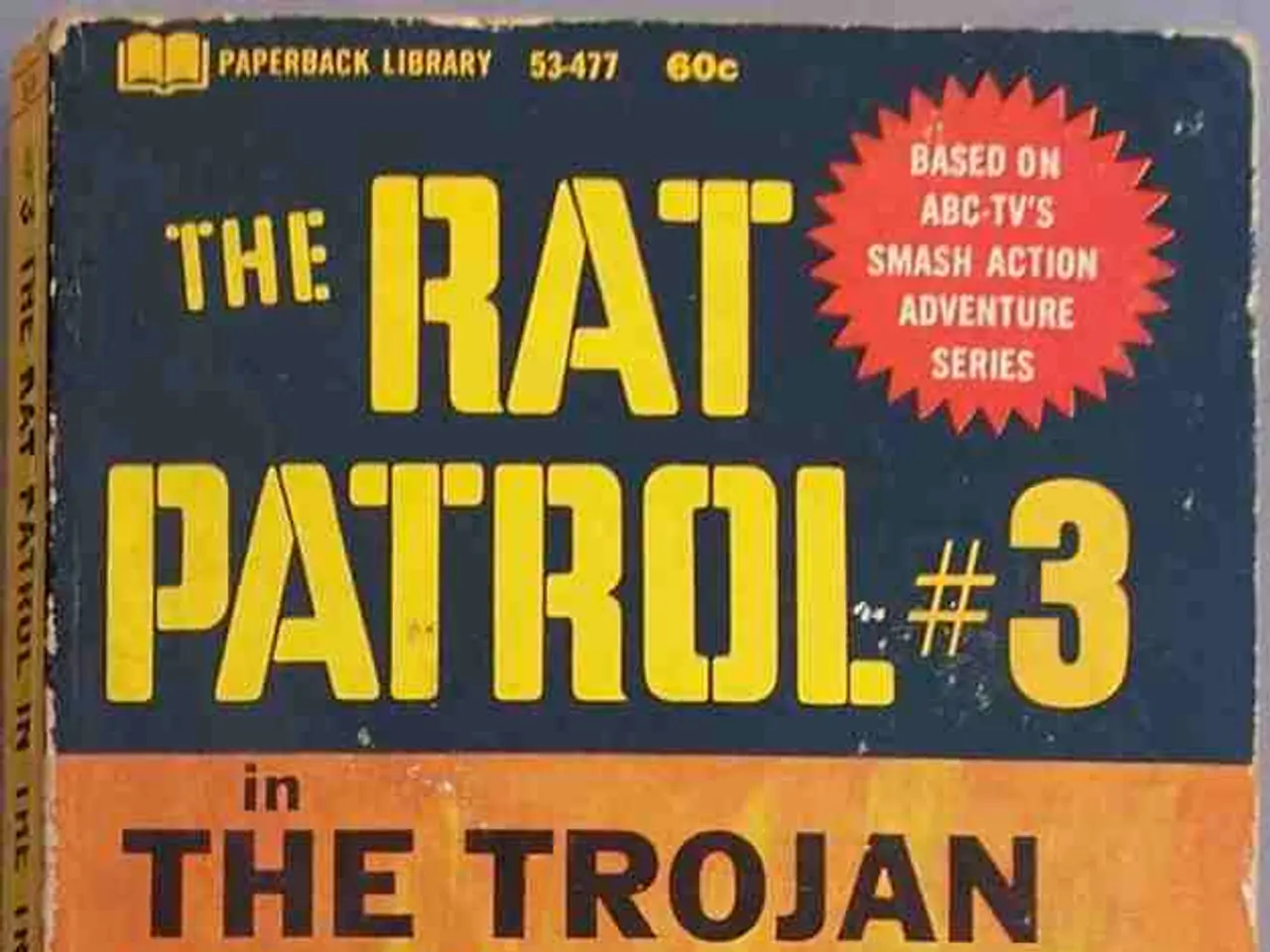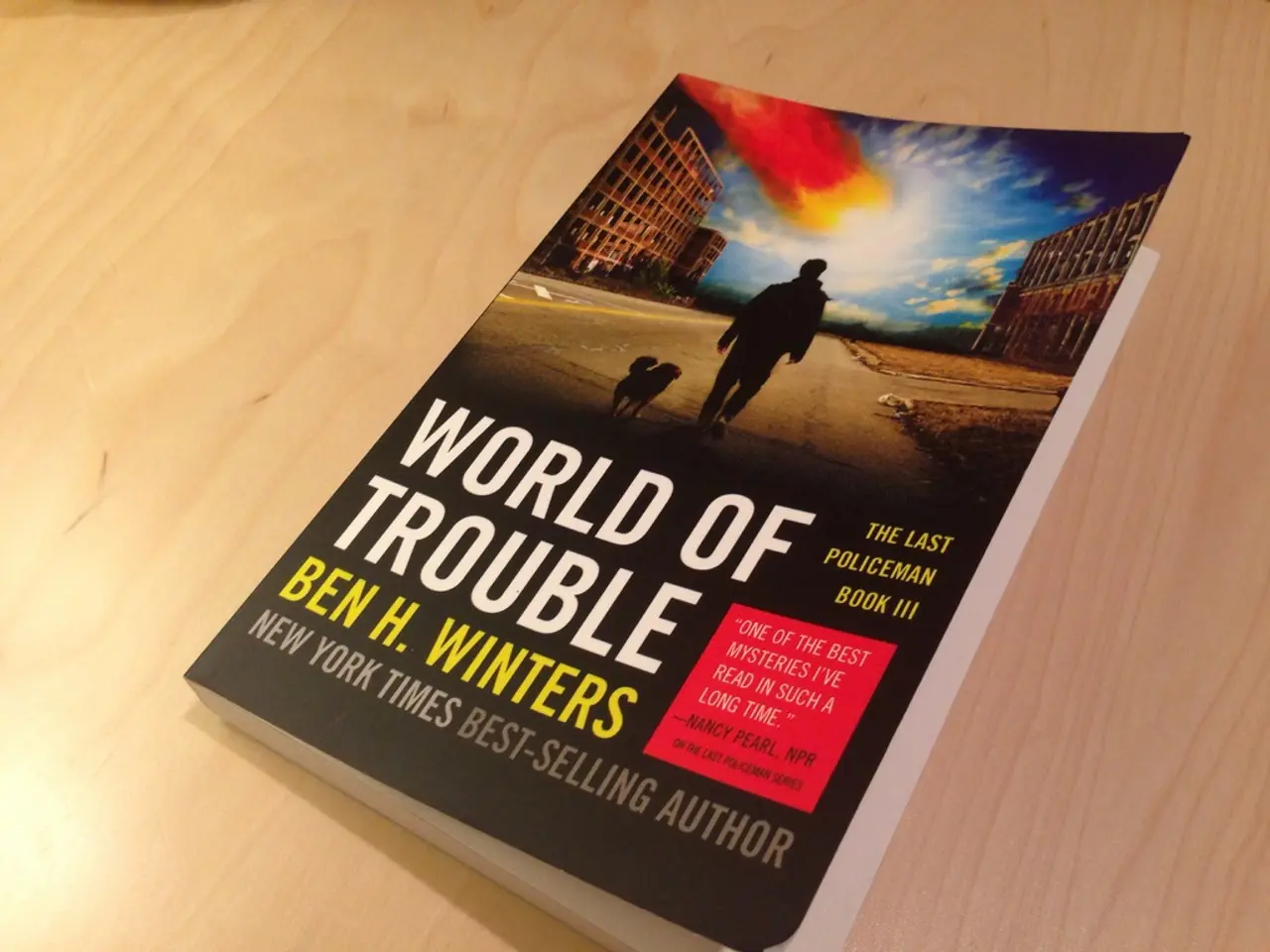Redrawn congressional map in Texas, supported by a panel, potentially claims up to five Democratic seats
In a move aimed at consolidating power, Texas Republicans have proposed a new congressional map that aims to add five GOP seats by redrawing district boundaries, primarily targeting Democratic-held districts in key metro areas like Austin, Dallas, Houston, and South Texas.
The proposed map drastically reshapes areas such as Houston’s District 9 and 18 and threatens to eliminate Representative Greg Casar's District 35 near Austin by combining it with District 37. This redistricting effort is viewed by Democrats as a "power grab" and "gerrymandering" designed to dilute Democratic votes and consolidate Republican control.
The impact of the new map includes potentially strengthening Republican chances in previously Democratic districts by incorporating more Republican-leaning voters and shifting demographics. It also displaces certain Democratic incumbents from their districts, such as Jasmine Crockett in Dallas and Greg Casar and Lloyd Doggett in Austin, likely sparking incumbent face-offs and political chaos in upcoming elections.
The controversy centers on accusations from Democrats that the GOP map is a blatant partisan gerrymander aimed at muzzling Democratic voters and reducing their representation in Congress. Some Democrats have hinted at extreme measures like fleeing the state to block the redistricting process.
National Democrats have vowed to sue the state if the map is passed, with concerns that it would suppress the votes of people of color. Trump has not yet expressed his opinion on the proposed Texas map.
The new map would make two southern Texas seats - held by Reps. Henry Cuellar and Vicente Gonzalez - more Republican-leaning. Republicans propose merging Rep. Al Green's Houston-area seat with the late Rep. Sylvester Turner's vacant seat. Green, who's district was altered significantly in the plan, is expected to run in the new seat, potentially facing competition from Democrats already running for Turner's seat.
Multiple sources close to Doggett indicate he will not quietly withdraw from the race. Doggett has not addressed his future plans but focuses on defeating the new GOP map. He currently has $6.2 million cash on hand.
The Texas House panel has advanced a new congressional map, and the Texas House redistricting committee voted along party lines to approve the map. The new congressional map is part of a strategy to help the GOP maintain the US House majority in the 2026 midterms.
Democratic governors in states like California have warned they will attempt similar tactics to help their party win more seats. The map attempts to make five Democratic congressional seats more favorable to Republicans.
However, both Cuellar and Gonzalez are viewed by multiple Democrats as still having a chance to win the seats despite the changes. Texas Republicans argue the move is necessary over concerns that the current maps are unconstitutional and racially gerrymandered. The map features 30 districts that Trump would have won in 2024 if the map was in place, up from 27 under the current district lines.
Legally, this mid-decade redistricting, unusual in its timing, is expected to prompt battles in court and possibly at the federal level, as Democrats have vowed to fight the map politically and judicially. It also raises broader legal questions about the fairness and constitutionality of partisan redistricting maps, especially given the map’s potential effects on minority representation and electoral competitiveness.
- Texas Republicans' proposed congressional map targets key metro areas like Austin, Dallas, Houston, and South Texas, aiming to add five GOP seats by redrawing district boundaries.
- The proposed map drastically reshapes districts such as Houston’s District 9 and 18, and potentially eliminates Representative Greg Casar's District 35 near Austin.
- Democrats view this redistricting effort as a "power grab" and "gerrymandering" designed to dilute Democratic votes and consolidate Republican control.
- The new map may strengthen Republican chances in previously Democratic districts by incorporating more Republican-leaning voters and shifting demographics.
- It displaces certain Democratic incumbents from their districts, such as Jasmine Crockett in Dallas and Greg Casar and Lloyd Doggett in Austin.
- The controversy centers on accusations from Democrats that the GOP map is a blatant partisan gerrymander aimed at muzzling Democratic voters and reducing their representation in Congress.
- Democrats have vowed to sue the state if the map is passed, with concerns that it would suppress the votes of people of color.
- The Texas House panel has advanced the new congressional map, which aims to maintain the US House majority in the 2026 midterms.
- California Democratic governors have warned they will attempt similar tactics to help their party win more seats.
- The map attempts to make five Democratic congressional seats more favorable to Republicans.
- Republicans argue this move is necessary over concerns that the current maps are unconstitutional and racially gerrymandered.
- The new map features 30 districts that Trump would have won in 2024 if the map was in place, up from 27 under the current district lines.
- The impact of the new map includes potentially sparking incumbent face-offs and political chaos in upcoming elections.
- Both weather-forecasting and sports-analysis suggest that the map raises broader legal questions about the fairness and constitutionality of partisan redistricting maps.
- The proposed Texas map does not seem to directly influence car-accidents, fires, sports like baseball, hockey, golf, WNBA, NBA, MLB, NHL, racing, tennis, mixed-martial-arts, or general news outside of the political context.





